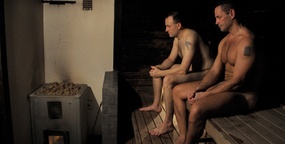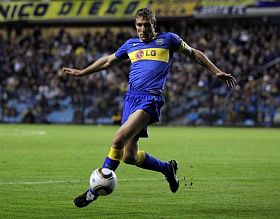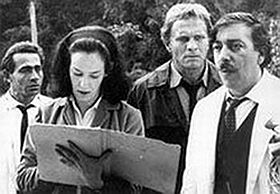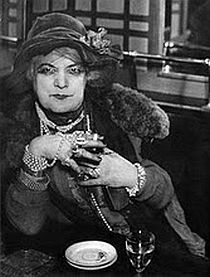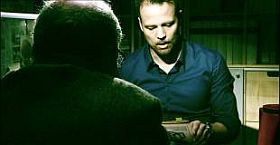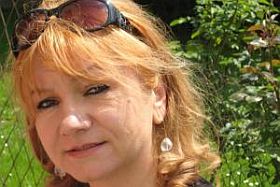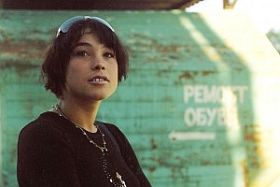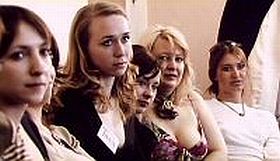


Janus Metzs forbilleder
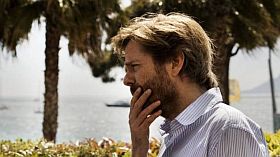
Vi skal diskutere Armadillo i min FOF filmklub på onsdag. Og vi vil se på de mulige filmiske forbilleder, fotografens og instruktørens, som så forbavsende udtrykkeligt er offentliggjort, 2 x 3 titler på film, hvoraf fem tidligere har været på filmklubbens program, og de har da også været anmeldt her på Filmkommentaren. Så jeg vil kalde det interessante oplysninger. Lars Skree røbede sine i Politiken 3. juli, og det skrev jeg om dengang. De tre film han nævnte var Tarkovskijs Stalker (vi har i filmklubben i stedet set Spejlet), Pirjo Honkasalos The three Rooms of Melancholia og Ari Folmans Waltz of Bashir. Og nu har Janus Metz i dagbladet 24Timer den 16. september givet tre bud på en god dokumentarfilm (som jeg tillader mig at opfatte som hans forbilleder sideordnet Skrees tre). Han peger i et lille interview på Man on Wire af James Marsh, Grizzly Man af Werner Herzog og Nede på jorden af Max Kestner. Han karakteriserer de tre film sådan:
”Forrige års oscar-vinder er en enestående og super spændende film om Philippe Petit, der kupper de to Twin Towers for at gå på line mellem dem. Filmen indeholder på mange måder essensen af kunst, da den tilbyder sublime øjeblikke af uforklarlig skønhed, en nærhed til døden og måske endda vanviddet. Og så er man skidegodt underholdt.”
”Filmen er et portræt af en mand, der vil være bjørn, og om grænsen mellem kultur og natur. Herzog er en af de få med en god fortællerstemme, der vækker undren frem for at påtvinge tilskueren en konklusion. Han udvider billederne og tilbyder en ny læsning af det, der umiddelbart foregår.”
”Denne her film fik mig til at ville lave dokumentarfilm. Den handler om en redningsbådsfabrik i Esbjerg, som skal flytte dele af produktionen til Thailand. Filmen indeholder en art poetisk socialrealisme, hvor magiske fiktive greb blander sig med virkeligheden. Det er en enorm smuk og virkelig sjov film, hvor man møder fabriksarbejderne i øjenhøjde.”
Disse tre valg kaster i lighed med Skrees tidligere naturligvis lys over den filmiske baggrund for Armadillo, Metz peger på ”skønhed, dødsnærhed og vanvid” (Man on Wire), ”undren uden konklusion” (Grizzly Man) og ”en art poetisk socialrealisme” (Nede på jorden). Det uddyber, det han mente, da han i Cannes vist nok kaldte filmen et filosofisk værk. Alvorlig meditation og ansvarlig journalistik.

